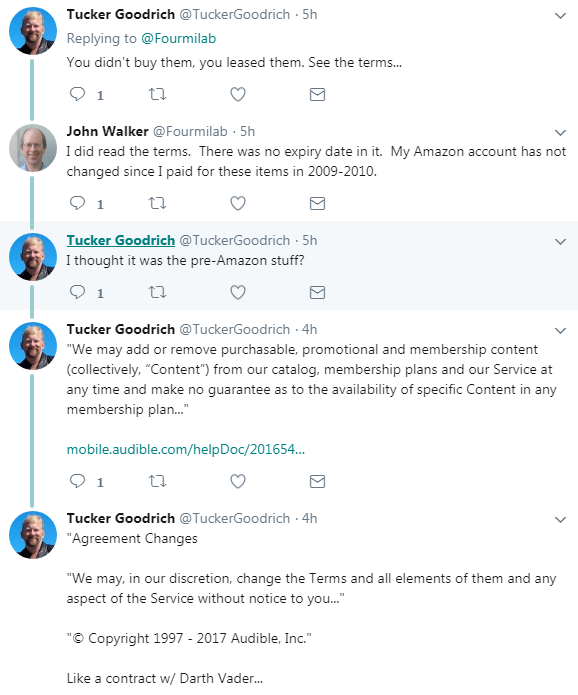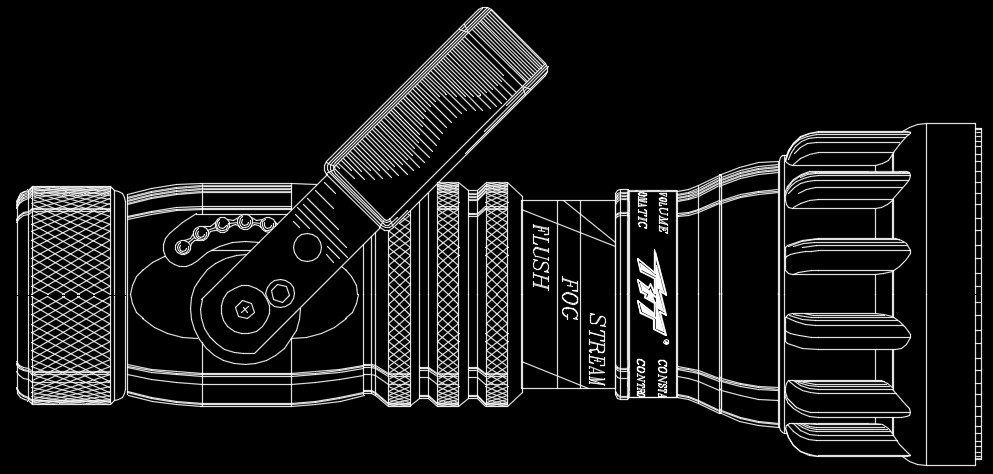I have been thoroughly enjoying Kean Walmsley’s interview of Autodesk co-founder John Walker, which he has now finished. Kean’s link to part 4 is currently broken (edit: now fixed) and that broken link has been picked up by others (edit: also fixed in Between The Lines), so here are the correct links: Part 1, Part 2, Part 3 and Part 4.
One of the best things about the interview is that it contains some frank criticism of Autodesk (and Microsoft, for that matter). On an Autodesk blog. Think about that. OK, it may be criticism of some stuff that is now ancient history, and it was made by someone who isn’t actually an Autodesk employee any more, but when was the last time you saw even that? It’s refreshing to see just a tiny crack appear in the never-say-anything-negative Autodesk facade.
I remember a time when Autodesk people were allowed to speak reasonably freely in public, often did so, and were even known to make admissions that not everything always smells of roses. John’s fellow Autodesk founder Duff Kurland once wrote this wonderful, wonderful response to a question of mine on the CompuServe ACAD forum (it was about Autodesk removing Visual Basic support without warning, if you’re curious):
We screwed up. We screwed up twice.
He then went on to explain the detail of how and why Autodesk had screwed up and exactly what they had learned from the experience. Can you imagine any Autodesk person saying that now? If they did, can you imagine that person remaining an Autodesk employee afterwards in anything other than a sweeping-up capacity? Nor me, and that’s a real shame. It would be easy enough to justify it by saying Autodesk is a public company and has a glossy corporate image to preserve, but nevertheless it’s still a real shame.
Back to John Walker. Although John has been away from the AutoCAD scene for an age now, I’ve still been enjoying his comments for many years in The Autodesk File, which I’ve always said should be compulsory reading for all new Autodesk employees. I haven’t always agreed with John’s views on everything, but they are intelligently presented, sometimes confronting, and often entertaining. Besides, it’s hard for me to argue with somebody who has succeeded in the way he has; he could always say, “Well, I did this. What have you done?”
Here are some of my favourite John Walker quotes (from The Autodesk File):
If we continue, as we have done consistently for the last eight years to measure every proposal against the standard, “How does this benefit the customer?”, I believe the success we’ve experienced to date will be just the base upon which far greater achievements can be built.
…we must never forget our customers. It is the customer, ultimately, that we are working for, and it is the customer who we must always strive to satisfy. All the rest will take care of itself, in the fullness of time.
Around here, I’ve been known to say things like, “I don’t care what you think. What do the customers think?”. That may sound arrogant, but to me it’s just plain old common sense. The evidence that it works is all around us.
Finally, and if you’re trying to lose weight, have a read of John’s The Hacker’s Diet. It’s also common sense and my slowly shrinking gut is evidence that it works.


